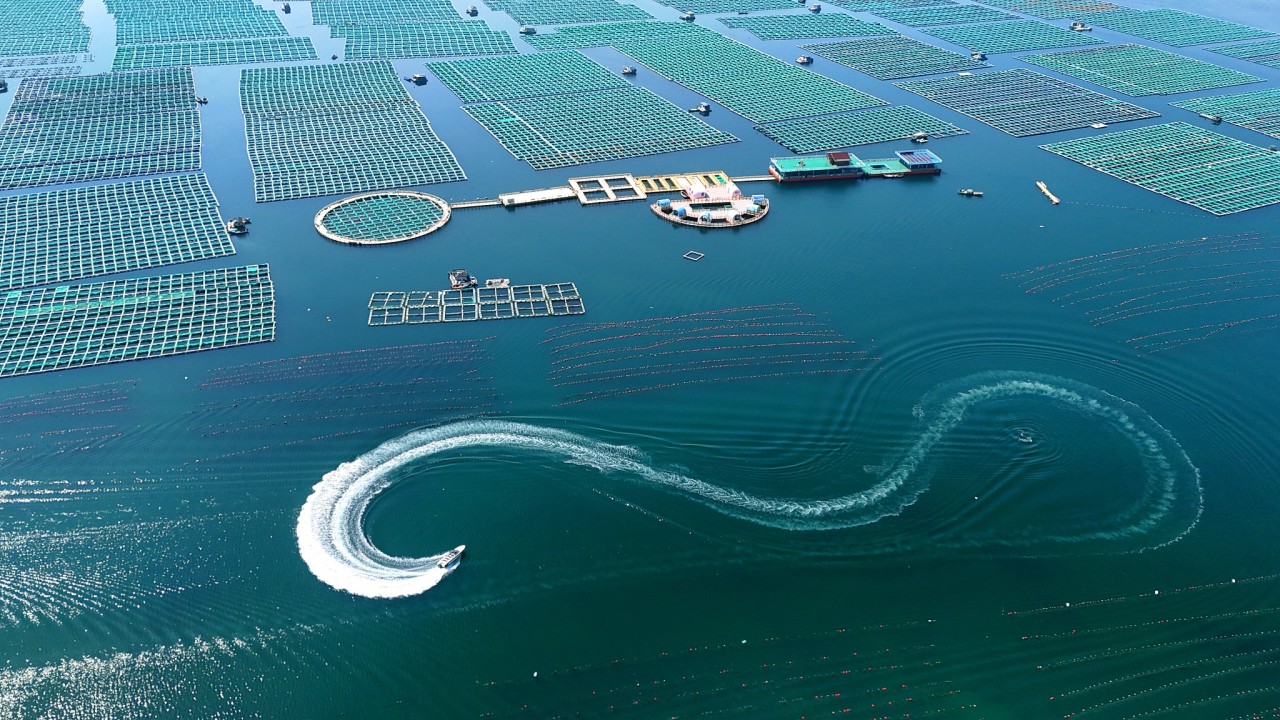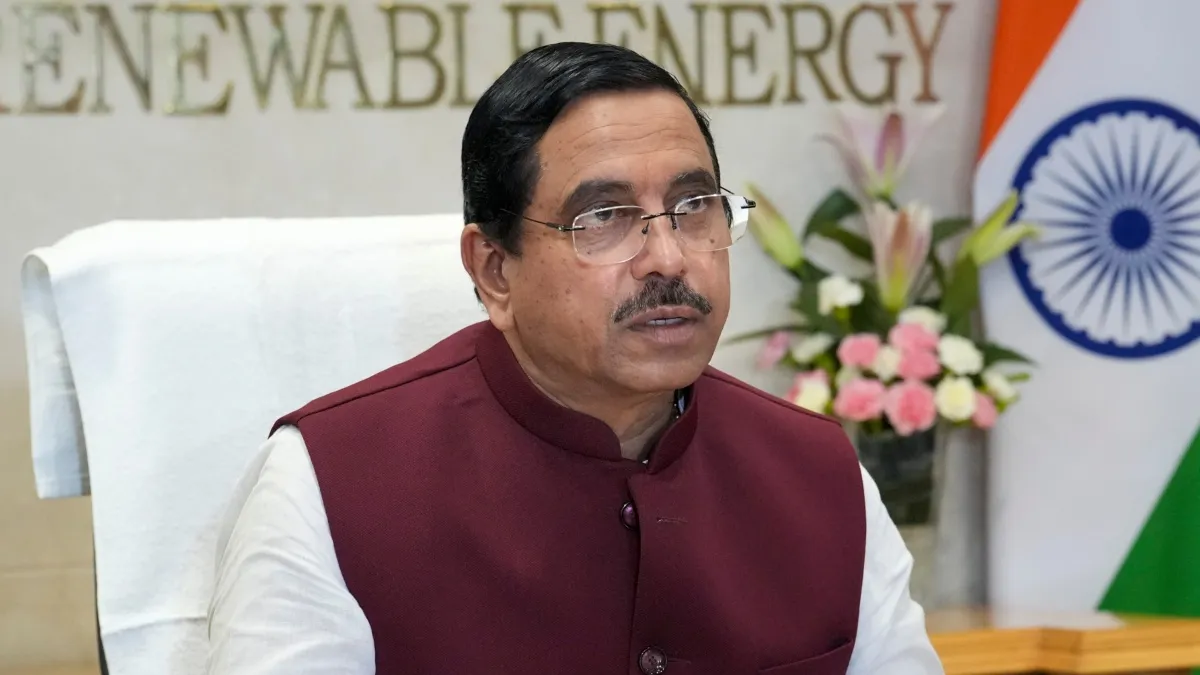Carbon offsetting essential to achieve our climate objectives. However, the selection of quality carbon credits or offsets requires more in-depth research by off-setters and certainly more rigour by markets to avoid the greenwashing trap.
To have any chance of achieving the goal adopted in the Paris Agreement of stabilizing the global climate at less than 1.5°C above the pre-industrial average, humanity would have to become carbon neutral between 2050 and 2070 and show a negative carbon balance after that.
This will be all the more difficult given that 80 per cent of the world’s primary energy supply still depends on fossil fuels.
Faced with this challenge, offsetting GHG emissions may be one solution. However, while offsetting can be effective and is a necessary tool for limiting global warming, critics see it as a way for some people to avoid GHG reductions and do greenwashing instead.
What is carbon offsetting?
Carbon offsetting allows an emitter of GHG emissions who wishes to reduce their emissions balance to pay a third party to eliminate sources of emissions or to capture CO2 already present in the atmosphere.
Offsetting was originally conceived as a “flexible mechanism” in the Kyoto Protocol negotiated in 1997 by the parties to the United Nations Framework Convention on Climate Change (UNFCCC).
Microsoft is one of the most demanding companies in this respect and has produced an in-depth analysis of the credits that it could potentially purchase to eliminate residual emissions. The selection was severe and excluded several categories of credits that were already on the market.
It made it possible to encourage developing countries who were not subject to emissions reduction objectives to participate. All they had to do was carry out projects that were less emissions intensive than the reference scenario. They could then offer “credits” to countries trying to meet these objectives in exchange for remuneration, thus generating “clean development.”
There are two types of projects that give rise to offset credits. The first avoids the release of GHGs into the atmosphere compared to a baseline scenario (the current practice). The other produces so-called negative emissions, that is to say, they remove CO2 from the atmosphere. These include removals and storage of CO2 in either biological (e.g. tree plantations), geological, oceanic (e.g. ocean fertilization) reservoirs or products.
Countries, large corporations and cities that have made carbon neutrality commitments now include this type of compensation in their planning using various means and with differing levels of success.
Reducing greenhouse gases remains the priority
Obviously, reducing emissions at the source remains the priority. To do this, we need to carry out emissions inventories to detect “hot spots” so that we can apply effective measures to reduce or even eliminate emissions sources.
To date, efforts to reduce emissions have focused mainly on reducing the carbon intensity of energy or materials (for example, by replacing high-emission energy sources such as coal with lower-emission or renewable sources). Clearly, this is not enough: in the 30 years since the UNFCCC, emissions and concentration of targeted GHGs have continued to rise.
Indeed, reducing emissions on a global scale is difficult to achieve in a context of population growth. Decoupling — breaking the link between economic prosperity and resource and energy consumption — is far from complete. If it cannot be achieved, the only solution will be to reduce the production of goods and services that emit too much.
But should we, for example, call into question an innovation that brings tangible benefits in terms of achieving the Sustainable Development Goals (SDGs) because it produces new greenhouse gas emissions? Food, housing and essential services will still have to be produced to ensure that the human population, which is not expected to stabilize for at least one generation, will live in dignity and achieve the SDGs by 2030 and beyond.
Progress was made at the Conference of the Parties (COP28 summit) on climate change, which took place in December 2023 in Dubai. Fossil fuels are expected to be phased out. But these fuels are still expected to account for a significant share of primary energy consumption in 2050.
On carbon markets, not all are equal
Most of the scenarios put forward by the IPCC and other bodies include mechanisms for offsetting emissions to achieve carbon neutrality by 2050. However, the principle of offsetting covers several methods and types of projects (use of more energy-efficient equipment, insulation of buildings, afforestation), and they are not always easy to navigate.
A number of critics claim that using offset credits is a way to avoid taking action to reduce emissions, and that the claim of carbon neutrality or “net zero” is just a form of greenwashing.
Since 2001, regulatory and voluntary carbon markets have grown to be able to use this mechanism as an economic lever, but there are drawbacks to this. These markets have sniffed out bargains and produced an abundance of credits whose reliability has been called into question, sometimes with reason.
A recent study conducted jointly by the Swiss Federal Institute of Technology (ETH) in Zurich and the University of Cambridge analyzed the effectiveness of more than 2,000 projects designed to generate offset credits. It showed that they actually achieved only 12 per cent of the announced reductions in GHG emissions, mainly because the baseline scenarios are inadequate.
This is the case, for example, when an organization sets up a forest conservation project claiming that the forest would have been harvested or burnt, when this scenario was neither foreseen nor inevitable. Many projects are flooding the market with this type of carbon credit (including in parts of the world where the market is well regulated, such as California), even though, at best, they conserve an existing carbon stock and ultimately do not remove any GHGs from the atmosphere.
Criteria for monitoring carbon credits
There are offset credits of varying quality, and it is sometimes difficult to make sense of them all.
To prevent the principle of offsetting being used for greenwashing, it is vital to control the quality of the carbon credits issued on the market. It is up to offsetters to ensure the quality of the credits they use in their carbon neutrality strategy.
Carbon offsetting is therefore essential to achieve our climate objectives. However, the selection of quality carbon credits or offsets requires more in-depth research by offsetters and certainly more rigour on the part of the various markets to avoid the trap of greenwashing.
Credit; The Conversation, May 2024.





















